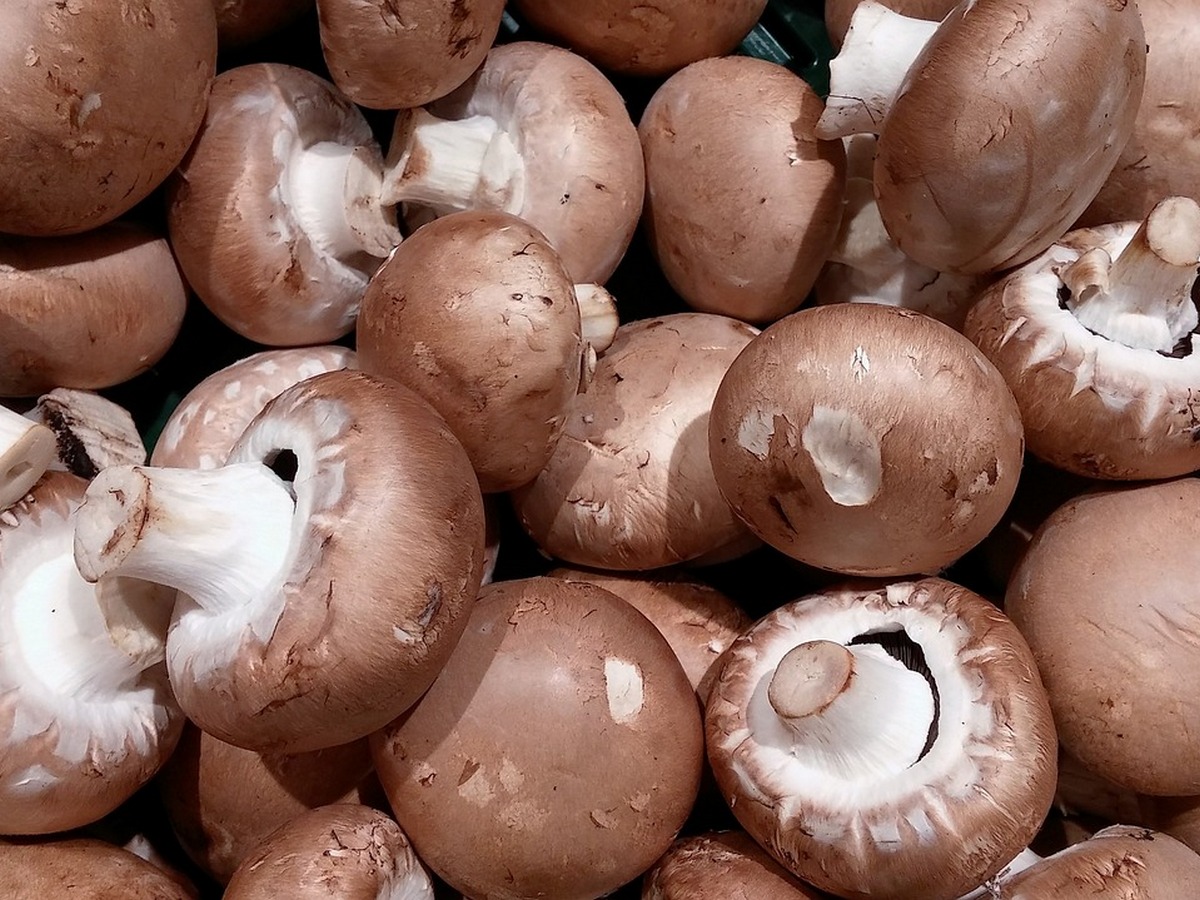In addition to fruits and vegetables, great prospects promise mushroom farms and apiaries within the city limits. Moreover, insects are increasingly attracting the attention of meat producers and livestock breeders today. Their nutritional value is not inferior to known domestic animals. For example, locusts contain 8 to 20 milligrams of iron: more than beef. A 100 grams of crickets has 13 grams of protein, 120 calories and 5 grams of fat. Given that traditional meat animals play a big role in CO2 emissions and put a lot of pressure on the environment, switching to eating insects seems like an increasingly sustainable solution, saving land, water and clean air. So far, such agricultural practices are more popular in the East, but there are no objective obstacles to their spread throughout the world, except for gastronomic habits, which easily change over time.
Even today, specialists from a wide range of fields, from drivers to robotics, can find themselves in agriculture. Farming is becoming a platform for innovations of all kinds. For example, open source technologies. This is how the Global Village Construction Set initiative works, which, like Minecraft, allows any farmer to assemble a modular fleet of more than 50 industrial machines. Agriculture is even present in the field of entertainment. Today, “agritainment” is a popular leisure activity that involves relaxing on a farm, with the opportunity not only to get back to nature, but also to cultivate the land. In the next 20-30 years, these trends will only intensify, so that in terms of work, agriculture will become no less exciting than quantum computing, the colonization of Mars, or the career of a YouTube star.
